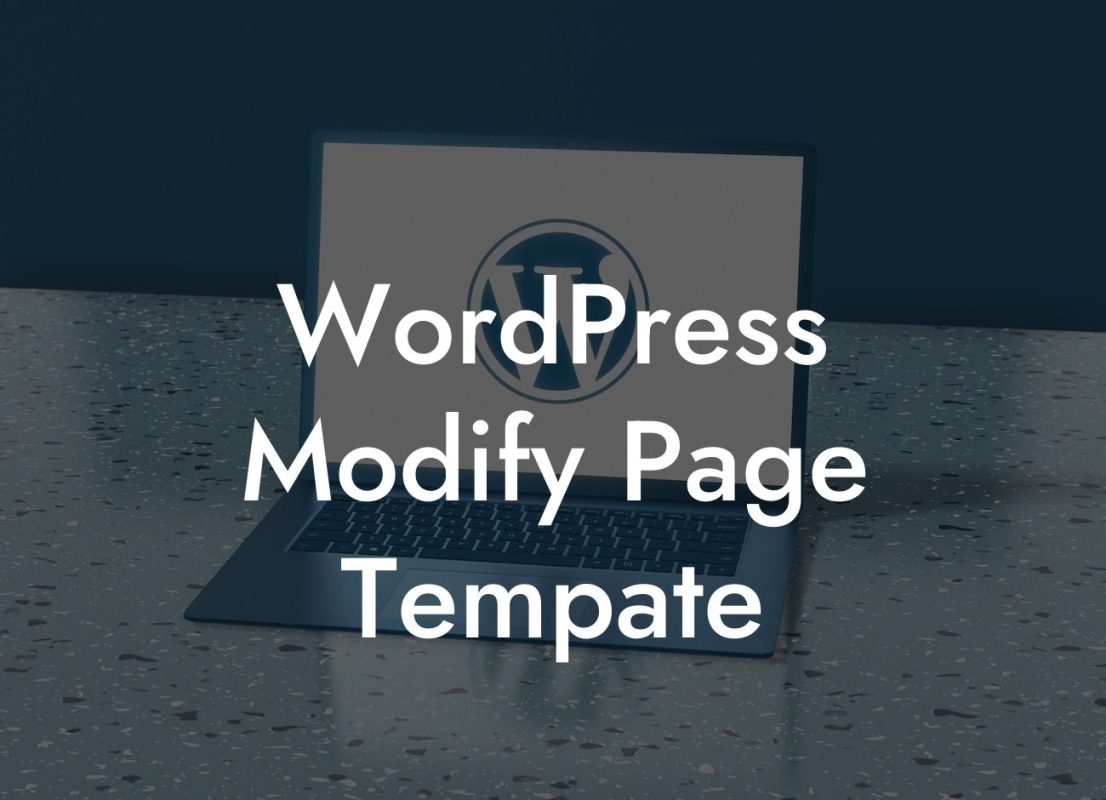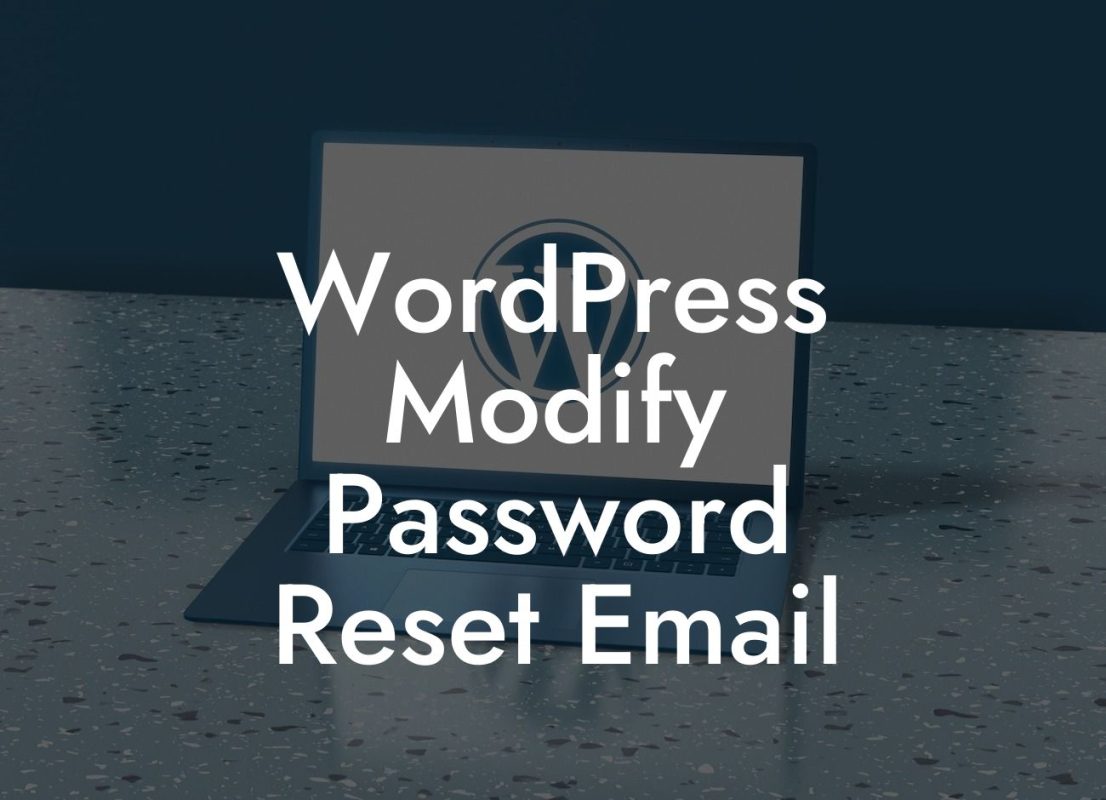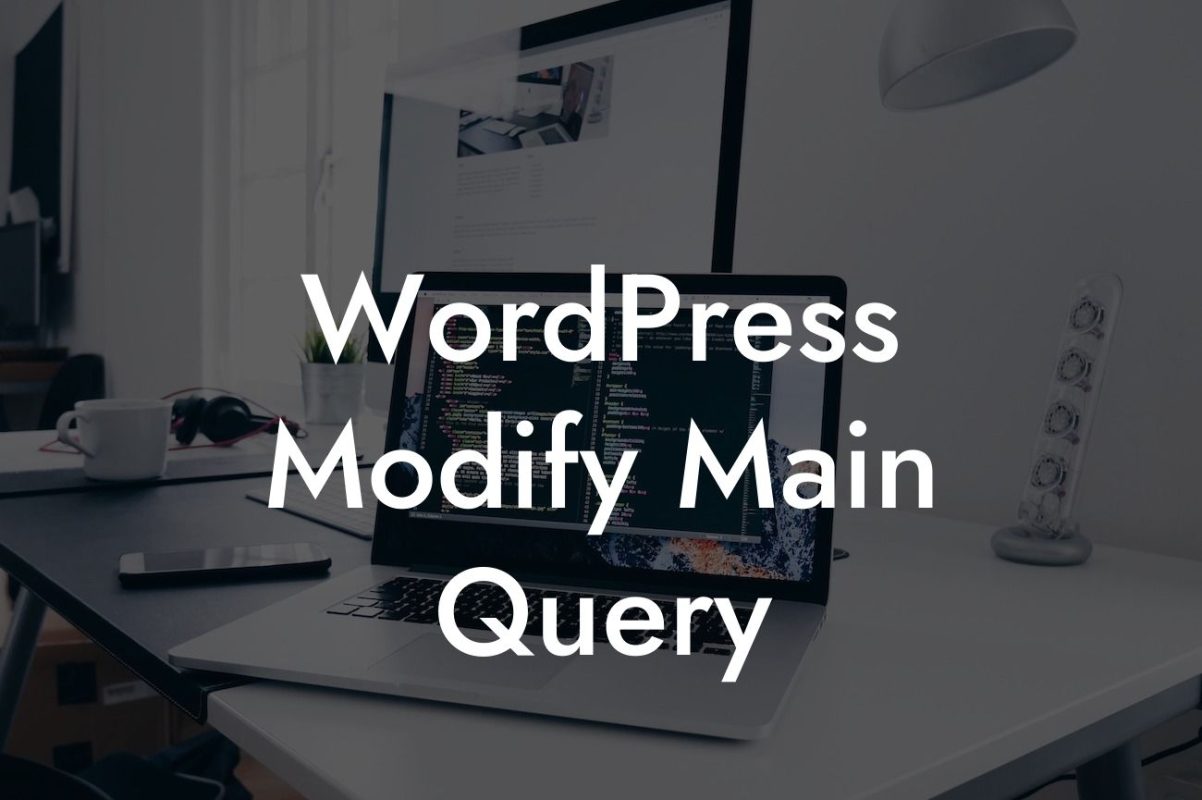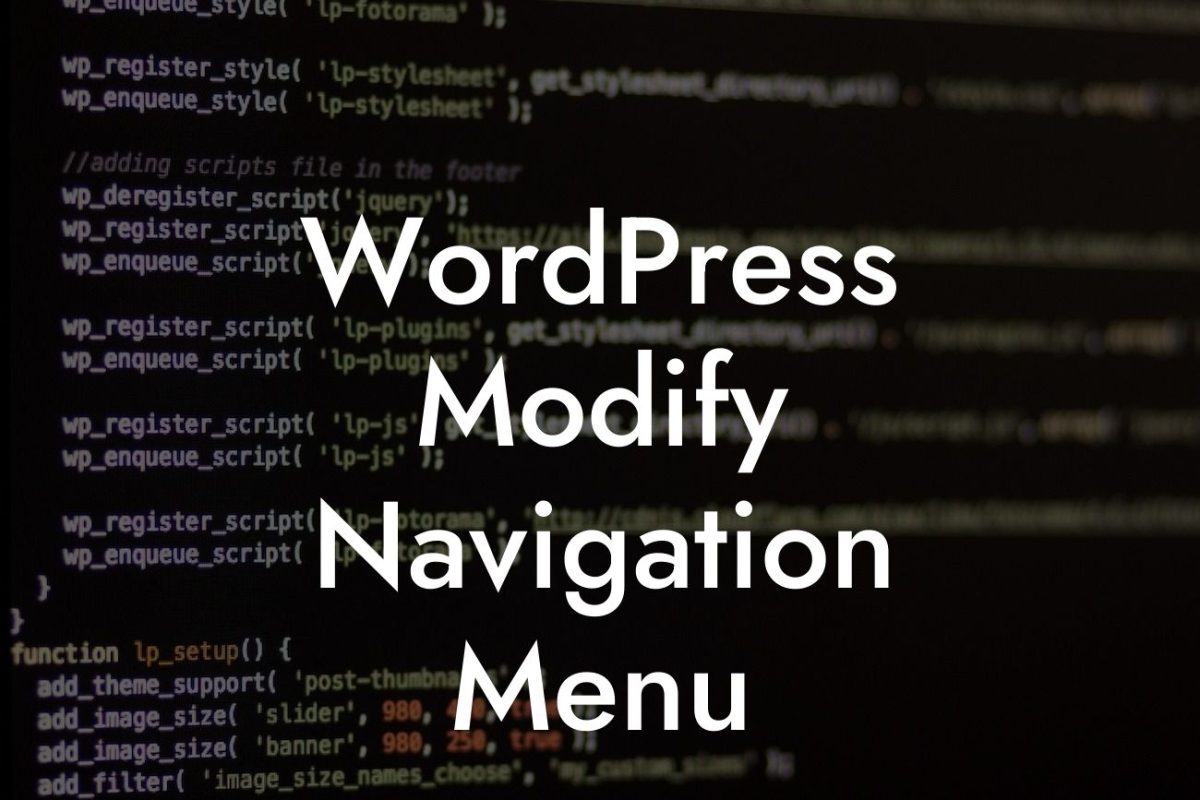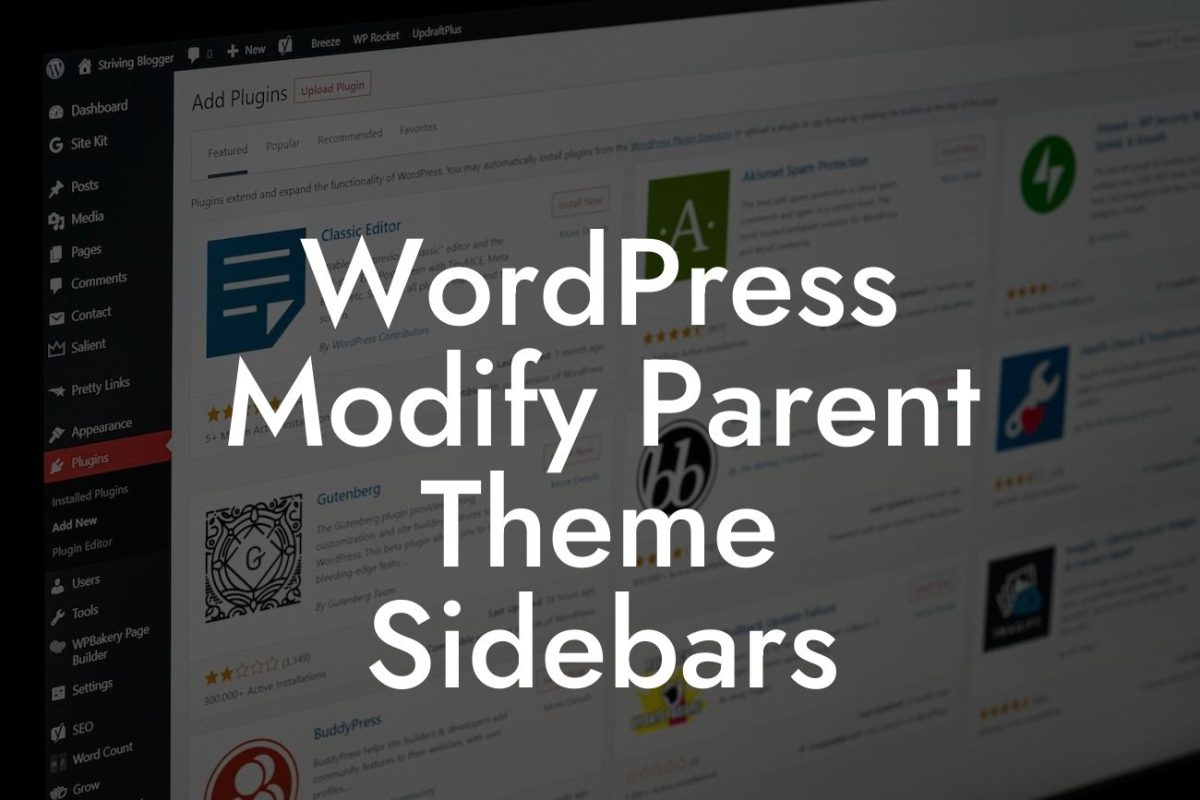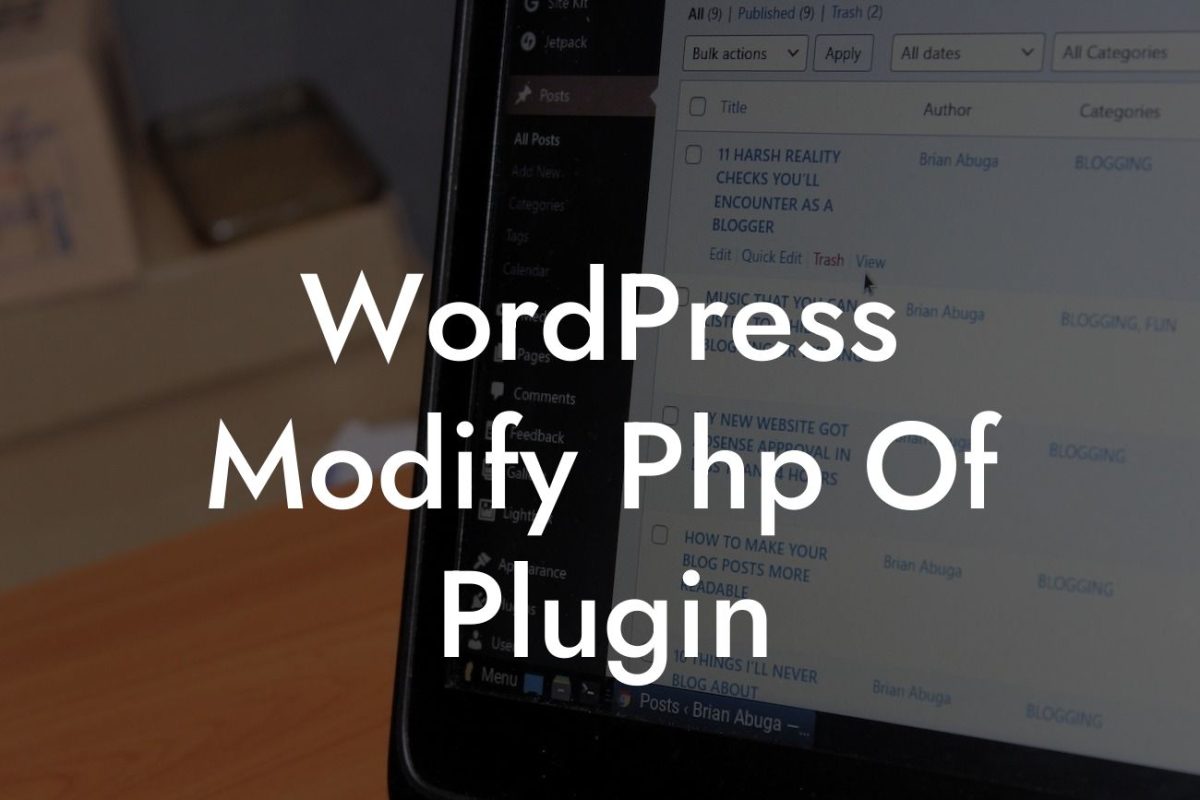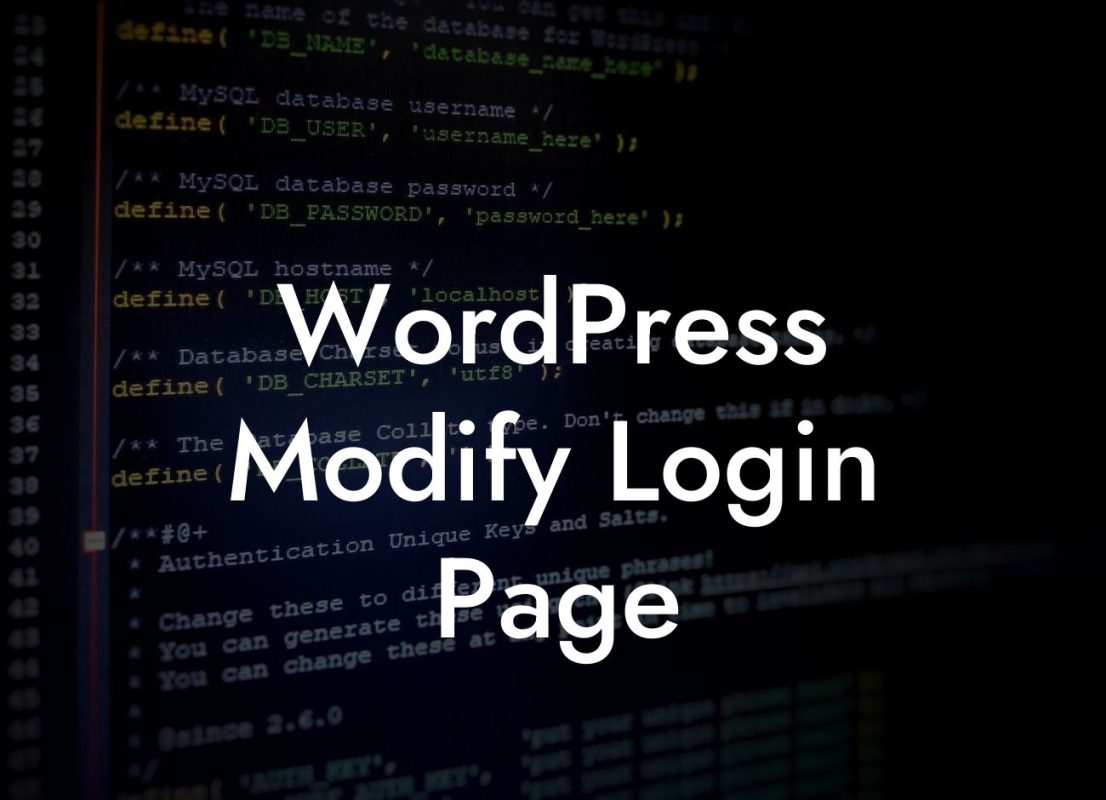WordPress Jetpack is a powerful plugin that offers a wide range of features to enhance the functionality and appearance of your website. One of its notable features is the contact form module, which allows you to create simple and efficient forms to connect with your audience. In this guide, we will show you how to customize WordPress Jetpack contact forms to match your brand identity and capture important information. Elevate your online presence with our step-by-step instructions and unlock the potential of this amazing plugin.
Creating a Jetpack contact form is as easy as adding a new block to your page or post. To get started, follow these simple steps:
1. Install and Activate Jetpack: If you haven't already, install and activate the Jetpack plugin on your WordPress website. You can do this by navigating to the Plugins section in your WordPress dashboard and searching for "Jetpack."
2. Enable the Contact Form Module: Once Jetpack is activated, you need to enable the contact form module. Go to the Jetpack settings page and click on the "Writing" tab. Scroll down until you find the "Contact Form" module and toggle it on.
3. Add a New Block: Now, go to the page or post where you want to add the contact form and click on the "+" button to add a new block. Search for "Contact Form" or scroll down until you find it in the list of available blocks.
Looking For a Custom QuickBook Integration?
4. Customize the Form: With the contact form block added to your page, you can start customizing it according to your needs. Jetpack allows you to add and remove fields, change the labels, and even enable reCAPTCHA for added security. Simply click on the form block to open the settings sidebar and make the desired changes.
5. Style the Form: To make your contact form more visually appealing and cohesive with your website's design, you can apply custom CSS styles. Jetpack provides a CSS class field in the form block's settings, allowing you to add your own CSS classes for styling purposes. Alternatively, you can use the Jetpack Custom CSS module to add custom styles to your theme's stylesheet.
How To Customize Wordpress Jetpack Contact Forms Example:
Let's say you run a small graphic design business and want to create a contact form that captures relevant information from potential clients. You can start by including fields for their name, email address, project details, and a file upload option for them to share examples or briefs. By customizing the labels and adding a touch of creativity to the form's design, you can ensure a seamless user experience that aligns with your brand identity.
Congratulations, you have successfully learned how to customize WordPress Jetpack contact forms! By taking advantage of this powerful feature, you can make it easier for your website visitors to reach out to you, ultimately leading to more potential opportunities for your business. Don't forget to explore our other guides on DamnWoo and try out our awesome plugins to further enhance your online presence. Share this article with others who might find it helpful and let them unleash the extraordinary too!




